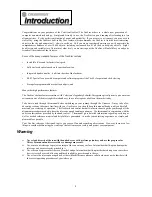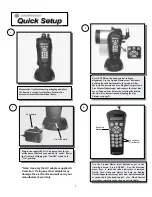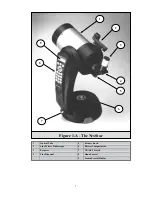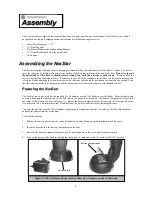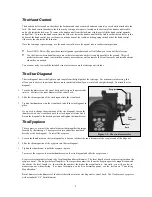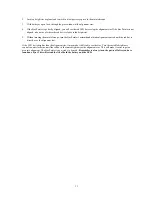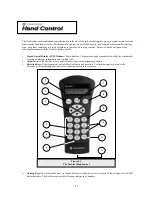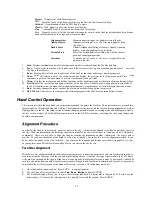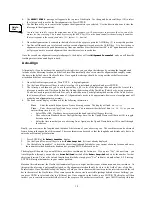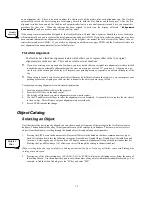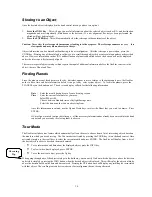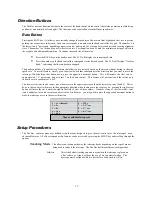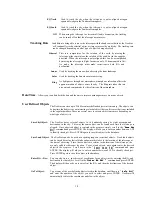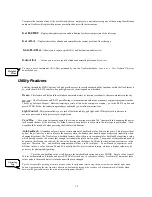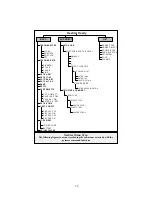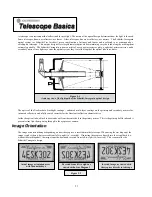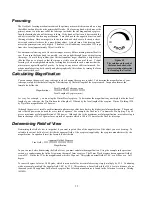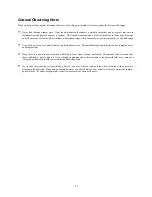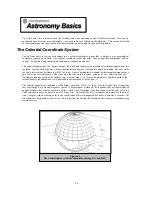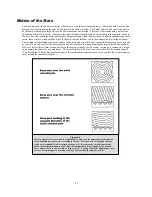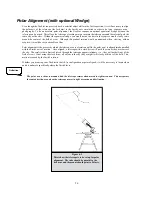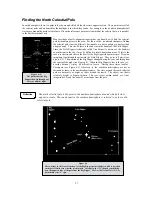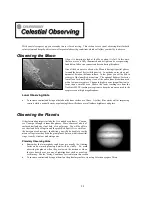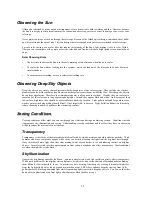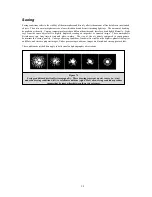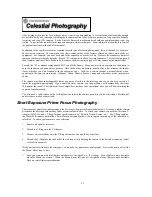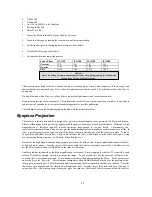
18
EQ North
Used to track the sky when the telescope is polar aligned using an
equatorial wedge in the Northern Hemisphere.
EQ South
Used to track the sky when the telescope is polar aligned using an
equatorial wedge in the Southern Hemisphere.
Off
When using the telescope for terrestrial (land) observation, the tracking
can be turned off so that the telescope never moves.
Tracking Rate
In addition to being able to move the telescope with the hand control buttons, the NexStar
will continually track a celestial object as it moves across the night sky. The tracking rate
can be changed depending on what type of object is being observed
Sidereal
This rate compensates for the rotation of the earth by moving the
telescope at the same rate as the rotation of the earth, but in the opposite
direction. When the telescope is polar aligned, this can be accomplished
by moving the telescope in Right Ascension only. When mounted in Alt-
Az mode, the telescope must make corrections in both R.A. and
declination.
Lunar
Used for tracking the moon when observing the lunar landscape.
Solar
Used for tracking the Sun when solar observing.
King
As light passes through our atmosphere, atmospheric refraction affects the
apparent motion of objects across the sky. The King rate takes this into
account and compensates for the refraction of the atmosphere.
Date/Time
- Allows you to update both the date and the time to improve pointing accuracy on many objects.
User Defined Objects
The NexStar can store up to 25 different user defined objects in its memory. The objects can
be daytime land objects or an interesting celestial object that you discover that is not included
in the regular database. There are several ways to save an object to memory depending on
what type of object it is
.
Save Sky Object: The NexStar stores celestial objects to its database by saving its right ascension and
declination in the sky. This way the same object can be found each time the telescope is
aligned. Once a desired object is centered in the eyepiece, simply scroll to the "
#### $$$$
%%%%&&&&'''' command and press ENTER. The display will ask you to enter a number between 1-20
to identify the object. Press ENTER again to save this object to the database.
Save Land Object: The NexStar can also be used as a spotting scope on terrestrial objects. Fixed land objects
can be stored by saving their altitude and azimuth relative to the location of the telescope at
the time of observing. Since these objects are relative to the location of the telescope, the
are only valid for that exact location. To save land objects, once again center the desired
object in the eyepiece. Scroll down to the "
#
#
#
#
%%%%&'
&'
&'
&'" command and press
ENTER. The display will ask you to enter a number between 21-25 to identify the object.
Press ENTER again to save this object to the database.
Enter R.A. - Dec:
You can also store a specific set of coordinates for an object just by entering the R.A. and
declination for that object. Scroll to the "
("
("
("
("
command and press ENTER.
The display will then ask you to enter first the R.A. and then the declination of the desired
object.
GoTo Object:
To go to any of the user defined objects stored in the database, scroll down to "
)
)
)
) %%%%&'
&'
&'
&'"
and enter the number of the object you wish to select and press ENTER. NexStar will
automatically retrieve the coordinates and slew to the object.
Summary of Contents for NexStar 5
Page 1: ...I IN NS ST TR RU UC CT TI IO ON N M MA AN NU UA AL L ...
Page 51: ...51 A Ap pp pe en nd di ix x E E M Ma ap ps s o of f T Ti im me e Z Zo on ne es s ...
Page 52: ...52 ...
Page 53: ...53 ...
Page 54: ...54 ...
Page 55: ...55 ...
Page 56: ...56 ...
Page 57: ...57 ...
Page 58: ...58 ...

